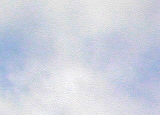




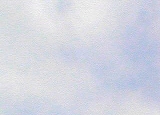
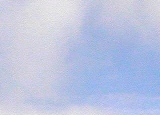



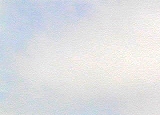
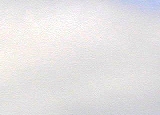
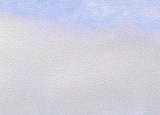


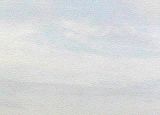
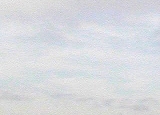
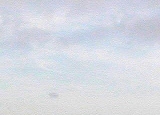
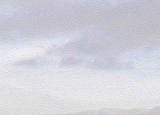
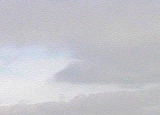
 |
 |
 |
 |
 |
 |
 |
 |
 |
 |
 |
 |
 |
 |
 |
 |
 |
 |
 |
 |
alameda national wildlife refuge |
||||
|
||
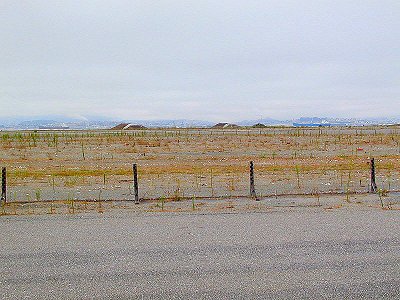
While Richard stopped to talk with some of the people who were there to greet us I marched out with my camera to try to get a look at some of the nearest features. The closest thing I could see in the middle distance was a fence line so I made my way in its direction to get a closer look. Upon arriving in its vicinity I noticed it was a rather well made electrified fence surrounded with an additional electrified hardware cloth apron designed to keep animals from gaining a footing to jump over the perimeter. What this mysterious enclosure contained was nowhere in evidence, but my mind churned out various scenarios of dark import. How easily deceived is an ignorant mind and surprised as well when the truth is finally revealed. |
||
|
||
|
||
Report prepared by: Chad Chadwick, CAGP Website Team NEW! Imagining SynergyReturn To Homepage |